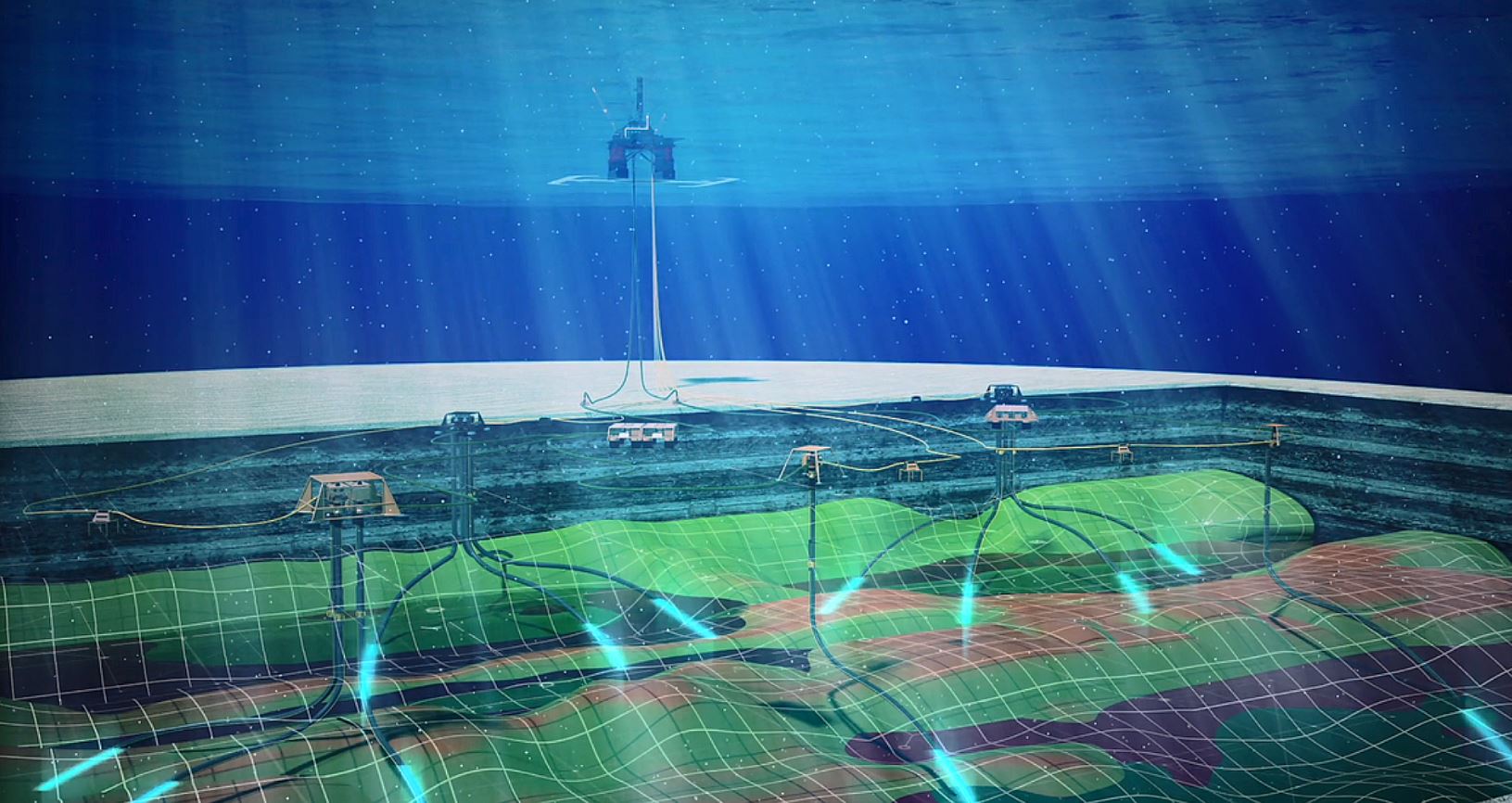Silixa has announced its involvement in BP’s $ 1.3 billion Atlantis Field Development, a project consisting of the construction of a new subsea production system from eight new wells, tied into the current platform, 150 miles south of New Orleans in the Gulf of Mexico.
Silixa will deploy its ground-breaking Carina® Subsea 4D, the world’s first permanent ultra HD in-well seismic data acquisition system for subsea wells.
Installed as part of the well completion, the engineered fibre optic system enables ultra-high definition 4D seismic data acquisition on demand along the entire subsea wellbore without the introduction of additional operational costs and risks. This allows operators to perform more frequent seismic acquisitions at a much lower cost, enabling them to accelerate production and increase ultimate recovery.
Carina® Subsea 4D offers a breakthrough performance by utilizing the Carina® Sensing System, enabled by the precision engineered Constellation™ fibre, to achieve 100x improvement in signal-to-noise ratio (SNR) compared to DAS systems utilising standard fibres. Constellation fibre is engineered with brighter backscatter centres along its length to capture and reflect 100x more light back to the interrogator without introducing significant loss to the forward propagating laser pulses. This makes this new technology ideal for subsea tie-back applications.
Carina® Subsea 4D is unique in that it does not require any complex electronics to be placed on the seafloor. Acquisitions are performed from the topside facility through existing fibres in the subsea umbilicals. Integration complexity and costs are therefore substantially reduced, and data management simplified. Interrogators can easily be maintained and upgraded. The long offset distance between the surface interrogator and subsea well does not compromise data quality; the Constellation fibre optic cable and novel optical architectures allow the same high-quality data to be achieved as on existing land and platform systems.
“Until now, subsea fields had to rely on sparse data acquisition due to the risk and cost of acquisition.”, said Garth Naldrett, Silixa’s Chief Product Officer. “Bringing our engineered distributed fibre optic sensing technology to subsea wells to allow the same data acquisition we have already enabled on land and platform wells, will have a tremendous impact on the industry, providing an immediate step change in field recovery factors.“
The new subsea production system is scheduled to come onstream in 2020.
For more information please CONTACT US
Related Links:
First Subsea DAS Installation for Deep Water Reservoir Monitoring, Conference Proceedings, First EAGE Workshop on Fibre Optic Sensing, Mar 2020, Volume 2020, p.1 — 5










